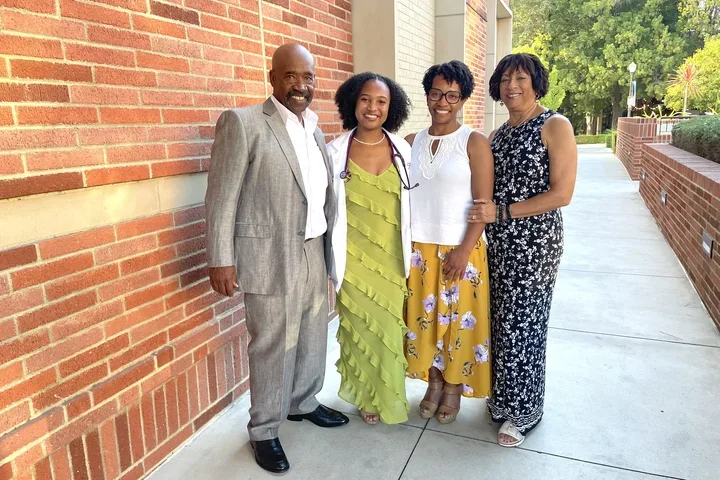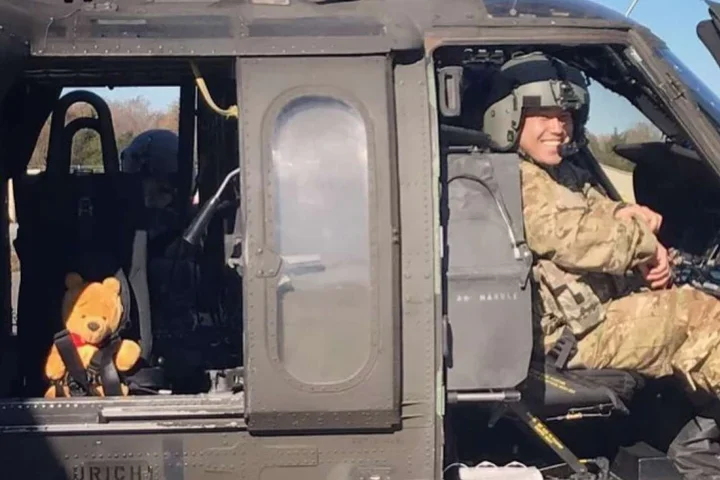A Future Surgeon’s Multi-Faceted Approach to Healing
Student Spotlight
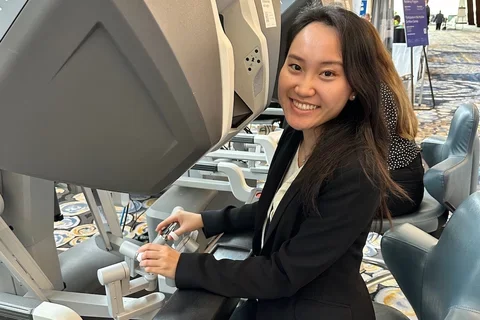
Meet Ayesha Ng
David Geffen School of Medicine at UCLA (DGSOM) medical student Ayesha Ng grew up in Diamond Bar, California. Living with both her parents and her grandparents under one roof, she enjoyed belonging to a tight-knit family.
Sadly, during Ayesha’s high-school years, her grandfather began developing Alzheimer’s disease.
“It gradually consumed him,” she says, remembering how aggression, disorientation, and confusion depleted the humorous, fun-loving man she’d known her entire life.
Ayesha found it deeply painful, watching his slow decline while knowing no curative Alzheimer’s treatments existed. The experience inspired her to become a doctor, a surgeon specifically, and help patients like her grandfather.
Fun fact: Ayesha loves to dance in her free time and is on the DGSOM dance team, the MDivas.
Pursuing the Dream: Getting into Medical School
Ayesha approached her undergraduate studies at the Massachusetts Institute of Technology (MIT) with her ultimate goal—treating patients with Alzheimer’s and similar neurodegenerative diseases—in mind. She majored in biology and neuroscience and volunteered in a peer support group for individuals with traumatic brain injuries.
“The stories resonated with my grandfather’s,” she recalls. “Like him, the members had invisible symptoms, such as brain fog, that impaired daily functions.”
People experiencing these symptoms often appear well functioning. Society and even healthcare providers sometimes dismiss their needs and concerns. Hearing the group speak about their invalidating experiences helped Ayesha picture herself as a doctor even more clearly.
“I want to become a physician that always shows compassion, validates others, and places the patient experience at the forefront of the care I provide.”
Ayesha recalls another formative experience she had during undergrad: working with the Centers for Disease Control and Prevention (CDC) Foundation’s Health Equity Team at the beginning of the COVID-19 pandemic.
“Our mission was to increase the transparency of data on COVID-19 and social determinants of health.”
They had calls with public health leaders and advocated for standardized reporting and data collection around several factors, including race and ethnicity. The Health Equity Team anticipated what the data eventually indicated: COVID-19 disproportionately impacted certain groups, including communities of color, multigenerational households, and low-income essential workers.
That first-hand experience kindled Ayesha’s interest in public health and health equity.
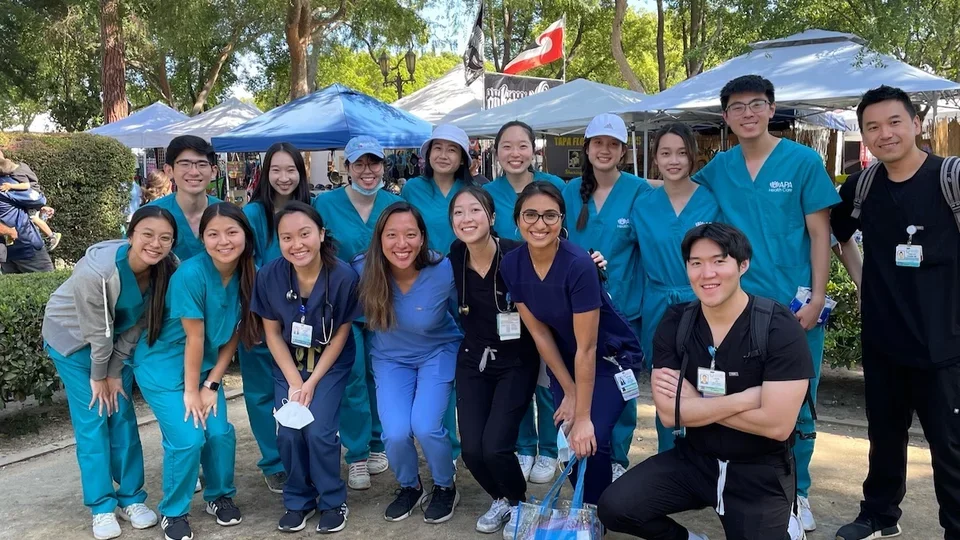
Approaching Health Disparities from Multiple Angles
DGSOM's medical school curriculum includes DGSOM Discovery, a third-year requirement that provides protected time for a substantive creative and scholarly experience in an area of interest beyond medicine.
Ayesha knew exactly what area of interest to pursue. She’s using the opportunity to earn her masters in public health through a program DGSOM offers in conjunction with the UCLA Fielding School of Public Health.
She spends much of her time investigating health disparities on a macro, data-centric level. Working with the epidemiology department, she’s learning to use biostatistics and programming to study disparities at the population level. With the CORELAB: Cardiac Outcomes Research Laboratory, she scans nationwide databases for disparities specifically related to surgical care.
Additionally, she makes time to directly address health disparities in the local community. As part of the Asian Pacific American Medical Student Association (APAMSA), she helps mobilize vaccine clinics and health fairs offering free preventive health screening and education to underserved Asian American Pacific Islander (AAPI) patients.
Ayesha plans to carry everything she’s learning into her future as an academic surgeon.
“With training in both medicine and public health, I aim to become a surgeon who not only provides quality patient care, but who also drives health systems to address the social and structural determinants of health.”
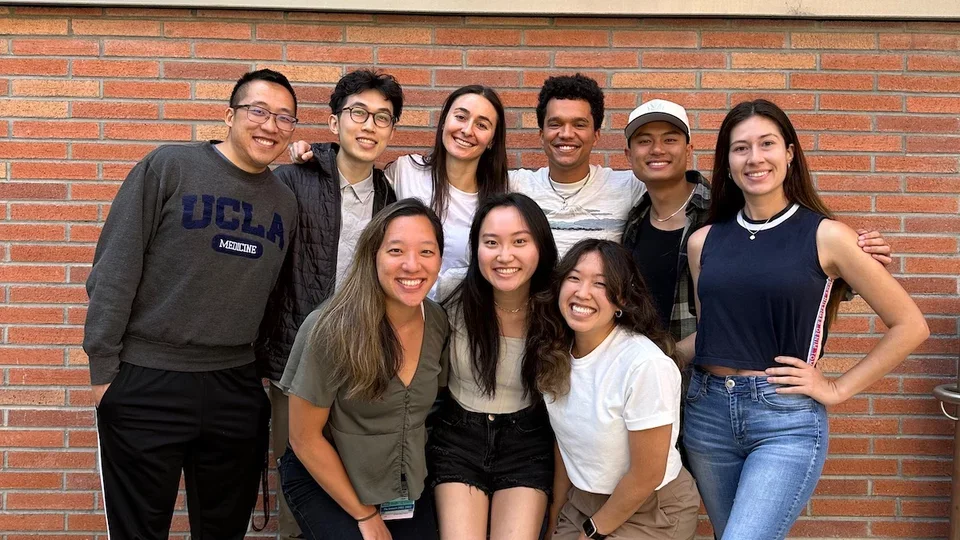
Caring for Her First Patient
Ayesha loves research and data, but she also loves the patient-facing aspects of her calling. She found it rewarding and affirming to apply everything she’d learned in textbooks and classrooms toward real-life clinical settings during rotations.
“It is an incredible feeling—making connections with patients and their families.”
Getting to know a patient well enough to consider them “her patient” stands out as a significant milestone. The patient reminded Ayesha of her grandfather, and she felt an immediate emotional connection that deepened during his in-patient stay.
She got to know who he was, what he liked, and even the kind of food he craved, which at that time, was nothing but cookies.
Unfortunately, for someone in his condition, eating cookies came with a risk of harm and even death. Ayesha kept an open mind and simply listened, aiming to understand his wants, desires, and values. In his stage of life, he deeply valued satisfying, delicious, and comforting food.
“He was the first patient I’d ever followed, and he was the first patient who passed away under my care,” Ayesha says. “I’ll forever remember him, and he’ll forever inspire me to always listen and understand my patients’ values and their goals for healthcare.”
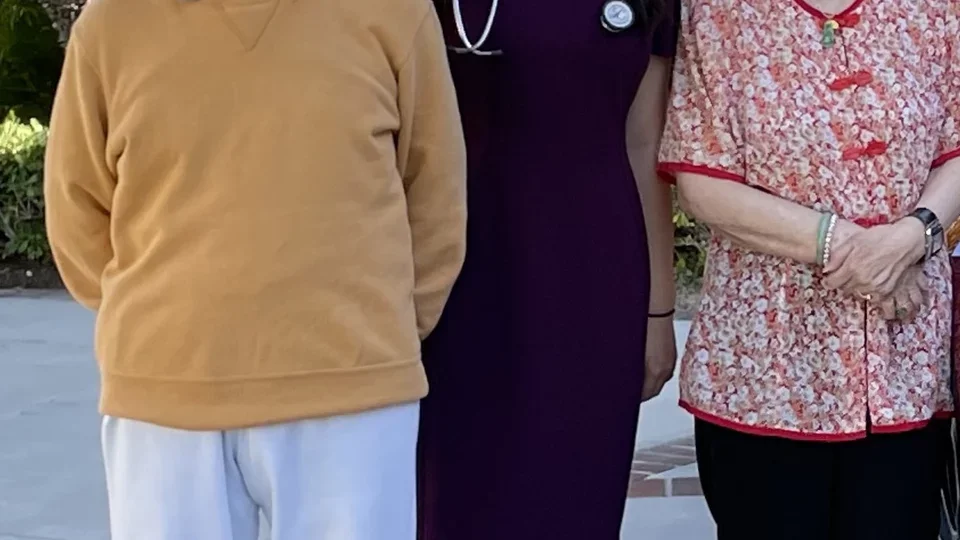
Expert Advice for Anyone Applying to Medical School
After going through years of medical training and education, Ayesha has plenty of wisdom and insight to offer aspiring pre-med or medical students.
“Medicine is a career of constant teaching and constant learning at every single step—as a medical student, as a resident, and beyond,” she says, explaining that it’s a calling especially conducive to mentorship between practitioners and learners at all levels.
She advises pre-med students to reach out to any connections or touch points they have in the medical field. For example, they might contact a local hospital for volunteer opportunities or email a doctor or a resident for shadowing experiences.
Shadowing as an undergraduate student led Ayesha into an operating room for the first time. In that environment, she could clearly visualize her career as a doctor and feel how much she truly wanted it.
She also reassures prospective medical students that the face of medicine is changing. Surgery, a historically male-dominated field, is just one example of that positive change.
“We’re seeing an increase in the proportion of females in surgery every year,” she says, expressing her hope that what she finds empowering will empower others as well.
“We can be represented in medicine. We can continue pushing the boundaries of diversity in medicine.”
